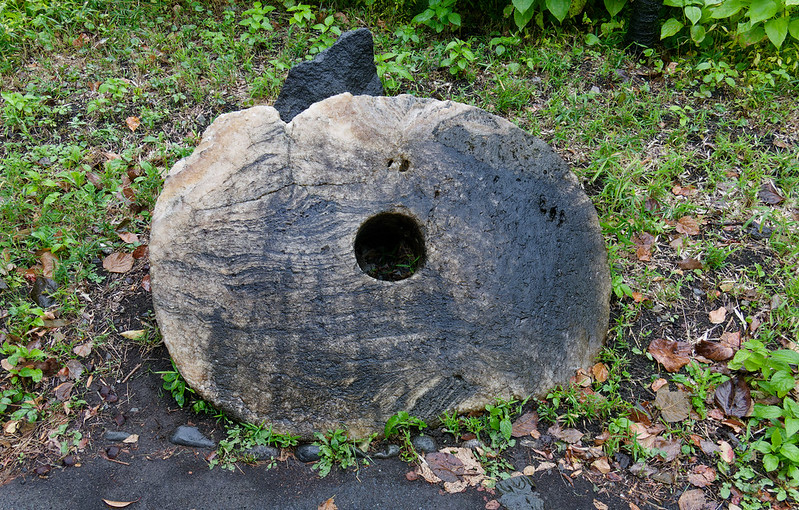We’re in the middle of Money Smart Week.
Part of being smart about money is knowing exactly what money is, and by that I don’t mean whether you’re using dollars, or Euros, or pesos, or something else.
I mean… well, let’s explain by looking at a kind of money on a Pacific island called Yap.
This island is a part of Micronesia, with a population around 11,000 or so.
And centuries ago, people there set up their own currency system, like societies have done all over the world.
The island didn’t have access to precious metals like gold or silver, so instead they built their currency around limestone deposits their explorers had come across on other islands.
They brought these heavy slabs of rock back to Yap, often on canoes, often carving holes in the center of the limestone so they could carry them on big poles.
The people of Yap didn’t mint smaller coins out of these heavy stones; the stones are the coins.
They’re known as rai, and each stone has its own value that can change depending on its history: how big it is, who brought it back to Yap, who held it before, what carvings it has, what’s happened to it over the years.
It’s said that one rai fell into the ocean, and not only did people still consider it as currency, it was a special currency because it was the only one of its kind!
There are some 6,500 rai in circulation… well, sort of.
They “circulate” when someone agrees to transfer ownership of rai to someone else.
Micronesia’s official, day-to-day currency is the US dollar, so rai are often exchanged for really big or important transactions, like a wedding gift.
They don’t physically move when they’re exchanged, since they’re so heavy; many of them are out and about on the island.
People just understand that a certain rai now belongs to someone else.
Which brings us back to this idea of what money actually is, and how it isn’t actually just the bill or the coin.
Think of it this way: these days, when we buy something, we don’t always physically hand over paper money or change, we pay electronically.
And what happens? Our bank account gets smaller, the seller’s account gets bigger.
We share an understanding that one of us has given the other something of a particular value.
Which is pretty much how the system of massive stone money works on Yap.
If you need to withdraw a little cash during Money Smart Week, it might be a bright idea to visit Greenfield, Massachusetts.
There’s a shopping plaza in town that includes an ATM that’s nestled inside a large fiberglass tree.
Note that the money does not grow on the tree.
The Island Of Stone Money (NPR)
WOW: You Can Get Money Out of a Tree in This Massachusetts Town (WSBS)
It only takes a little money on Patreon to make a big difference for this show

